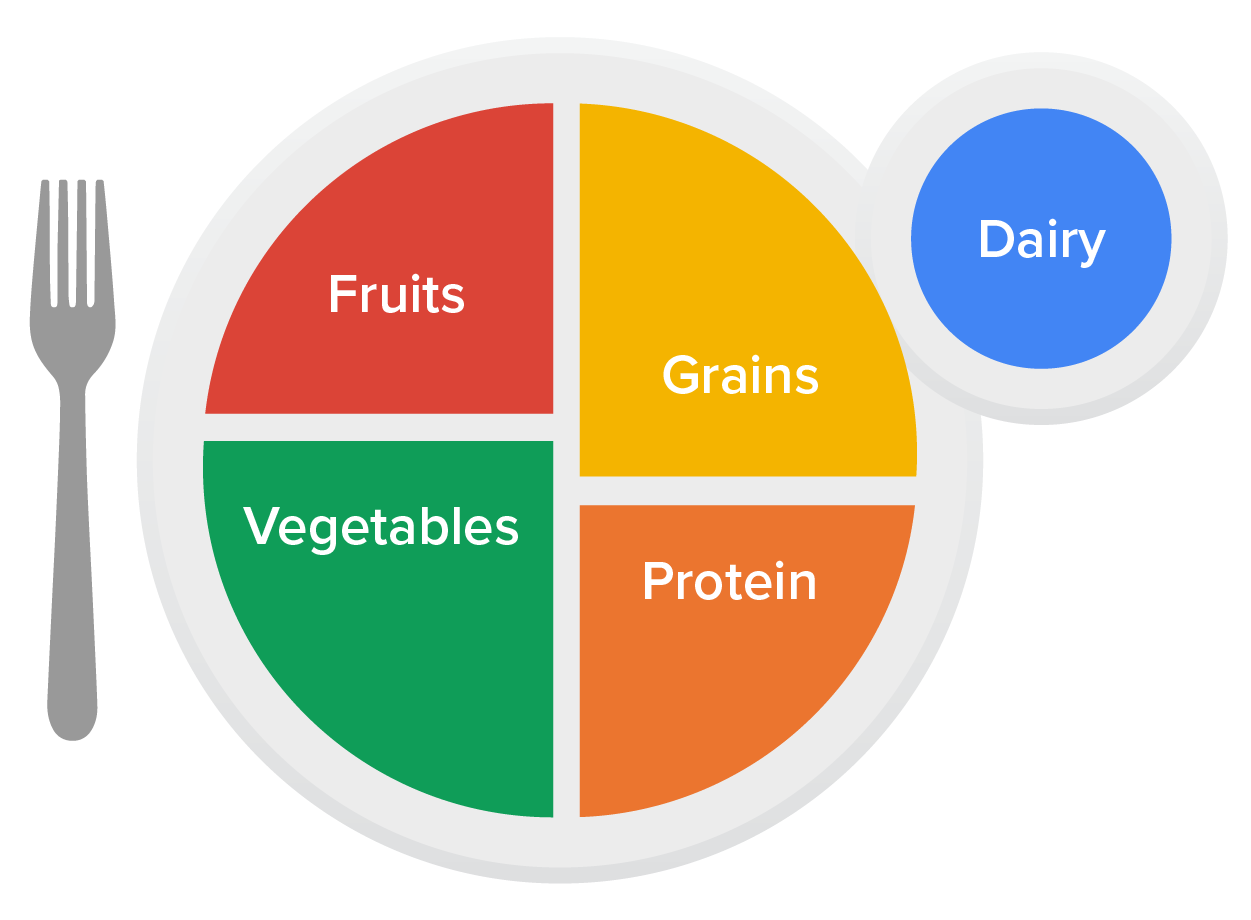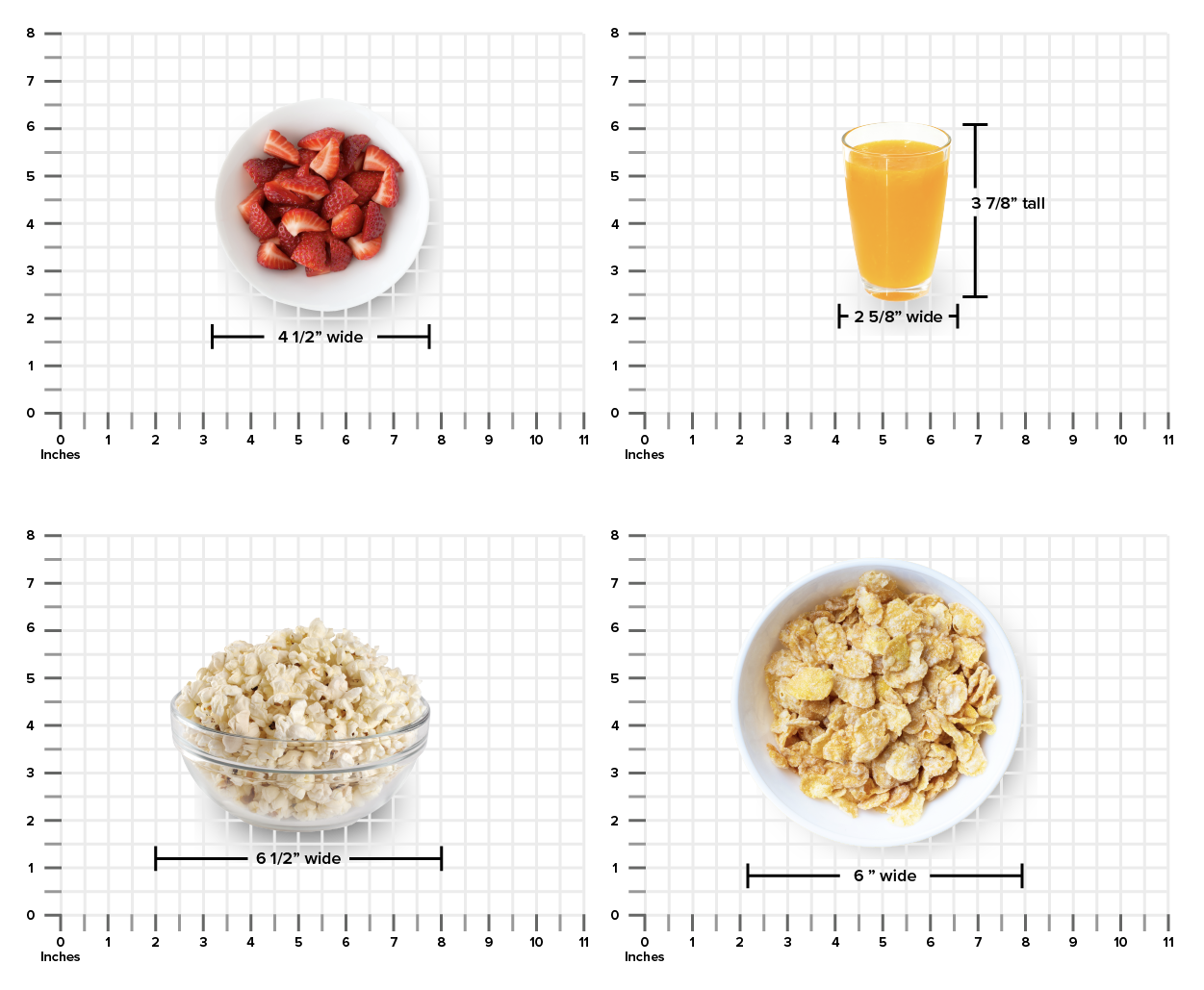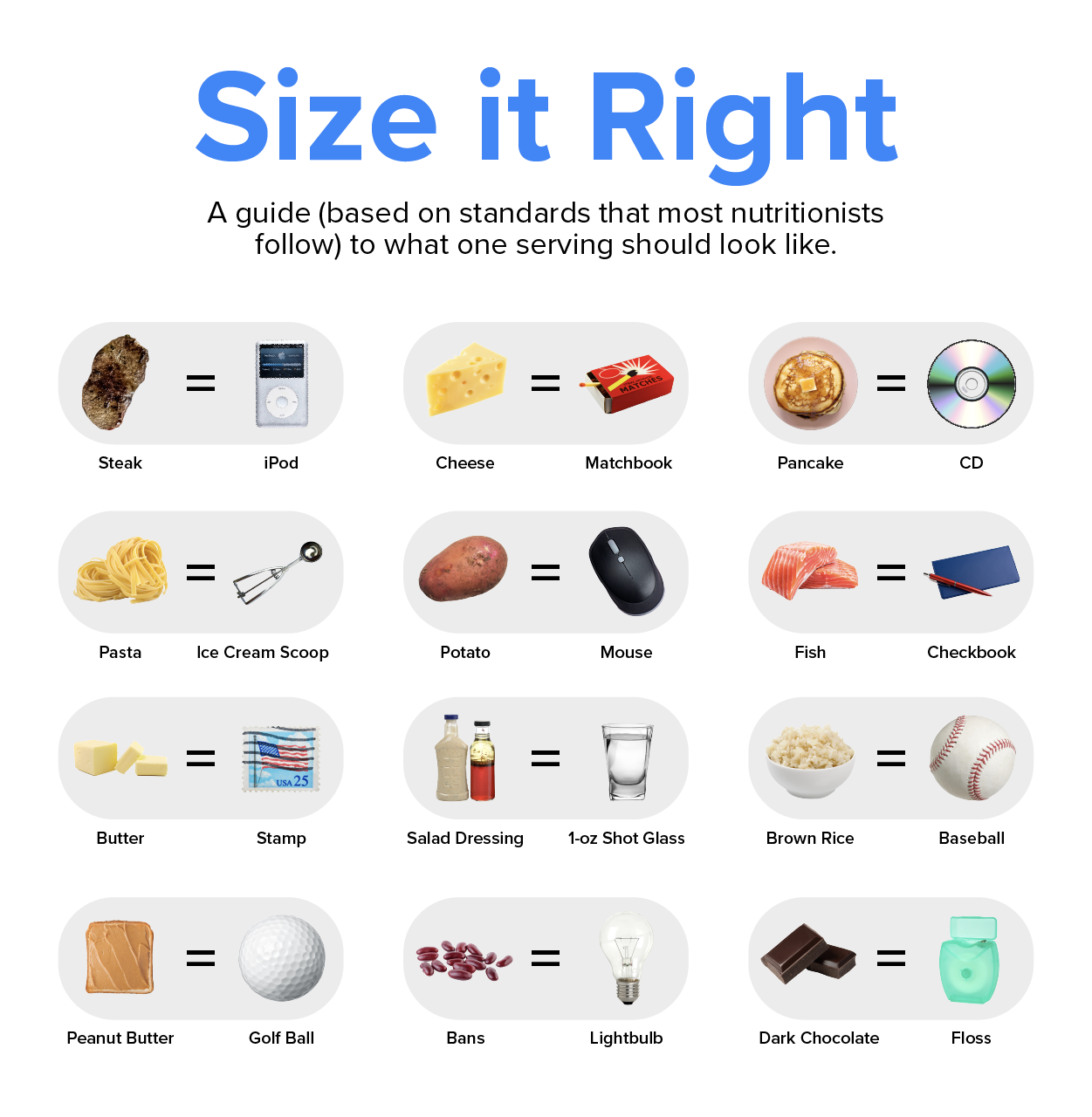Table of Contents |
You learned the basics that are needed to plan a diet that meets the needs of a healthy human. A person also needs tools in addition to their knowledge. Food group plans are one of the tools that can be very helpful. Food group plans help you build a diet from clusters of foods that are similar in nutrient content. Each food group represents a set of nutrients that differs somewhat from the nutrients supplied by the other groups. Selecting foods from each of the groups makes planning an adequate and balanced diet easier. Healthy eating patterns can be flexible enough to accommodate an individual’s personal, cultural, and traditional preferences within a reasonable budget.
The United States Department of Agriculture (USDA) has developed multiple nutrition-related resources to help educate and improve the overall health of the general public. The Dietary Guidelines are developed to help all Americans. The Dietary Guidelines are based on scientific evidence on health-promoting diets in people who represent the general U.S. population, including those who are healthy, those at risk for diet-related diseases, and those living with these diseases. The Dietary Guidelines for Americans (DGA) are a set of guidelines that are updated every five years to guide policymakers, nutrition experts (like Registered Dietitian Nutritionists), and other health professionals to promote health and prevent disease.
Making choices rich in nutrients should be the first choice. There is very little leeway for extra calories from added sugars, saturated fats, and if consumed, alcohol. Most of the calories a person eats each day (~85%) are needed for foods rich in nutrients that help the person meet food group recommendations. Only a small amount of calories (~15%) are left over for added sugars, saturated fat, and, (if consumed) alcohol. It’s about the pattern of eating, not just healthy choices here and there.
The Dietary Guidelines utilize combinations of foods and beverages that make up an individual’s whole diet over time, and not single foods or eating occasions in isolation. Research shows that the ongoing pattern of an individual’s eating habits has the greatest impact on their health. The Dietary Guidelines are meant to be adaptable to personal preferences, cultural foodways, and budgetary considerations. The Dietary Guidelines framework purposely provides recommendations by food groups and subgroups—not specific foods and beverages—to avoid being prescriptive. This framework approach ensures that people can “make it their own” by selecting healthy foods, beverages, meals, and snacks specific to their needs and preferences.
Several examples of healthy dietary patterns that translate and integrate the recommendations in overall healthy ways to eat are provided. The Guidelines are supported by Key Recommendations that provide further guidance on healthy eating across the lifespan.
The USDA Food Patterns were developed to help individuals carry out Dietary Guidelines recommendations. They identify daily amounts of foods, in nutrient-dense forms, to eat from five major food groups and their subgroups. The patterns also include an allowance for oils and a limit on the maximum number of calories available for other uses, such as added sugars, solid fats, added refined starches, or alcohol. Three USDA Food Patterns have been developed to allow for flexibility in how Dietary Guidelines recommendations can be met: the Healthy U.S.-Style Pattern, the Healthy Vegetarian Pattern, and the Healthy Mediterranean-Style Pattern.
All food groups have important nutrients, and you should make selections from each every day. The amounts from each food group needed daily to create a healthful diet differ based on a person’s energy (kcalorie) needs. And, like we will see in tutorial 1.2.2, energy needs are determined by a person’s age, gender, height, weight, and physical activity level. As an example, an adult needing 2000 calories a day would select 2 cups of fruit; 2.5 cups of vegetables; 6 ounces of grain foods; 5.5 ounces of protein; and 3 cups of milk or milk products.
Recommended amounts and limits in the three USDA Food Patterns are set at 12 calorie levels, ranging from 1,000 calories to 3,200 calories. Patterns at 1,000, 1,200, and 1,400 calorie levels meet the nutritional needs of children ages 2 to 8 years. Patterns at 1,600 calories and above meet needs for adults and children ages 9 years and older. Individuals should follow a pattern that meets their estimated calorie needs, which can be found in the "Energy Levels Used for Assignment of Individuals to USDA Food Patterns" table.
Do you remember learning about the food groups in school? You may have been taught using the Food Wheel, Food Guide Pyramid or MyPyramid depending on your age. Kids today learn about the food groups from MyPlate.

MyPlate encourages small changes that are doable, affordable, and result in lasting eating routines that promote good health. RDNs play an important and direct role in helping their clients and patients understand how to “make every bite count” by choosing foods rich in nutrients. One way of helping people to make healthy choices is to help them understand how much to eat in order to make every bite count within their recommended calorie plan. MyPlate has an image gallery of cup and ounce equivalents.

These are great images, but sometimes more general images can help people decide their serving size and portions. For foods like cereal and pasta, it may be helpful to use measuring cups to measure out an exact serving for a couple of days until you get more practice at eyeballing the appropriate portion.

As the MyPlate icon shows, the five food groups are Fruits, Vegetables, Grains, Protein Foods, and Dairy. The Dietary Guidelines for Americans emphasize the importance of an overall healthy eating pattern with all five groups as key building blocks, plus oils. (While oils are not a food group, they are emphasized as part of a healthy eating pattern because they are a major source of essential fatty acids and vitamin E). Each food group includes a variety of foods that are similar in nutritional makeup, and each group plays an important role in an overall healthy eating pattern. Some of the food groups are broken down further into subgroups to emphasize foods that are particularly good sources of certain vitamins and minerals. For example, the subgroups within the Grains Group encourage whole grains, which provide more fiber, magnesium, and zinc than refined grains.
As nutrition science has progressed over time, scientists have discovered vitamins, minerals, and other components that make up our foods, and surely, there are more yet to be discovered. Food groups simplify dietary recommendations by focusing on foods instead of nutrients. For example, it’s much easier to try to eat two cups of fruit a day than 75 milligrams of vitamin C and 25 grams of fiber. The USDA Food Patterns provide the recommended amounts of each food group and subgroup at 12 different calorie levels, ranging from 1,000 to 3,200. These patterns are developed using food pattern modeling. By eating recommended amounts, individuals can meet their nutritional needs without having to track dozens of individual nutrients.
The USDA Food Patterns specify targets for each food group in cup equivalents (for Fruits, Vegetables, and Dairy) and ounce equivalents (for Grains and Protein Foods). Each pattern also includes a limited number of calories (8-19%) that can be used in other ways, such as small amounts of added sugars and saturated fats. Americans are encouraged to choose foods in their most nutrient-dense forms as often as possible, to keep added sugars and saturated fat intakes each below 10 percent of total calorie intake.
Although individuals ultimately decide what and how much to consume, their personal relationships, the settings in which they live, learn, work, play, and gather, and other contextual factors like their ability to consistently access healthy and affordable food, strongly influence their choices. Health professionals, communities, businesses and industries, organizations, government, and other segments of society all have a role to play in supporting individuals and families in making choices that align with the Dietary Guidelines and ensuring that all people have access to a healthy and affordable food supply.
Source: THIS TUTORIAL HAS BEEN ADAPTED FROM LUMEN LEARNING’S “NUTRITION FLEXBOOK”. ACCESS FOR FREE AT https://courses.lumenlearning.com/suny-nutrition/. LICENSE: creative commons attribution 4.0 international.
REFERENCES
USDA food patterns. Food and Nutrition Service U.S. Department of Agriculture. (2011, September 1). Retrieved April 26, 2022, from www.fns.usda.gov/usda-food-patterns
Home | dietary guidelines for Americans. (n.d.). Retrieved April 27, 2022, from www.dietaryguidelines.gov/sites/default/files/2020-12/Dietary_Guidelines_for_Americans_2020-2025.pdf